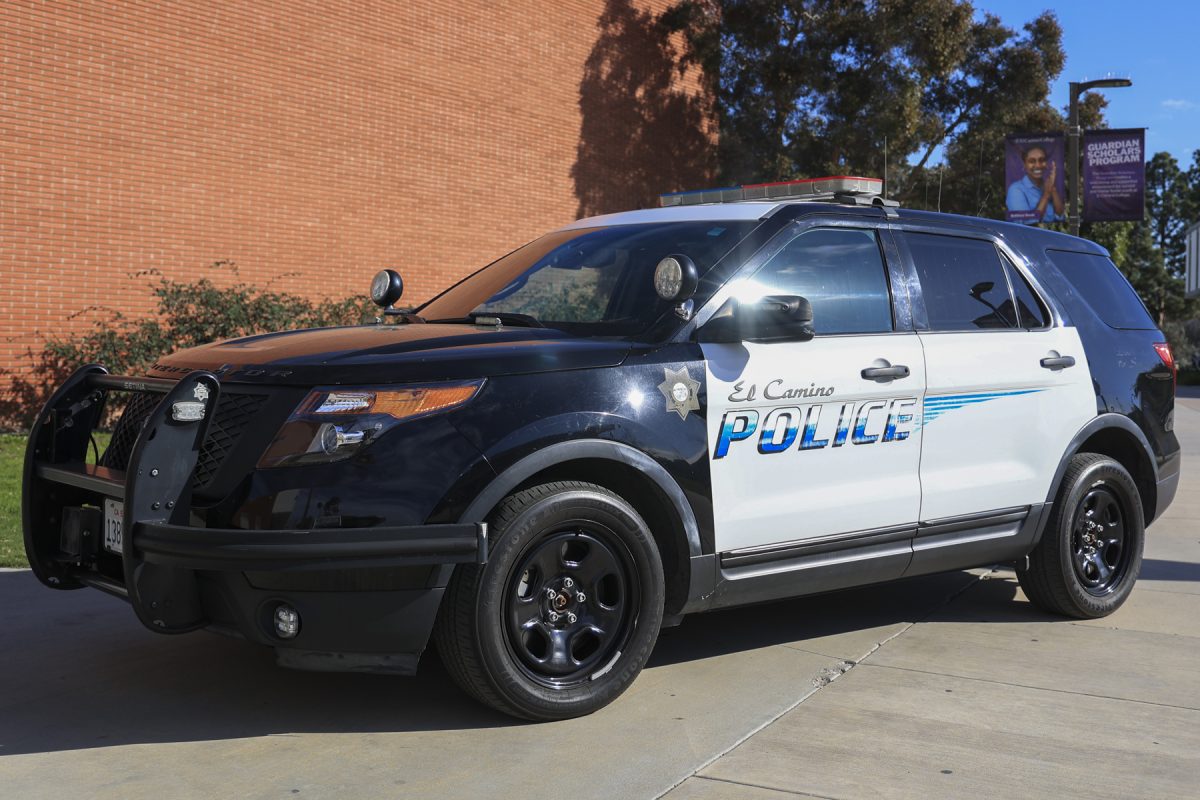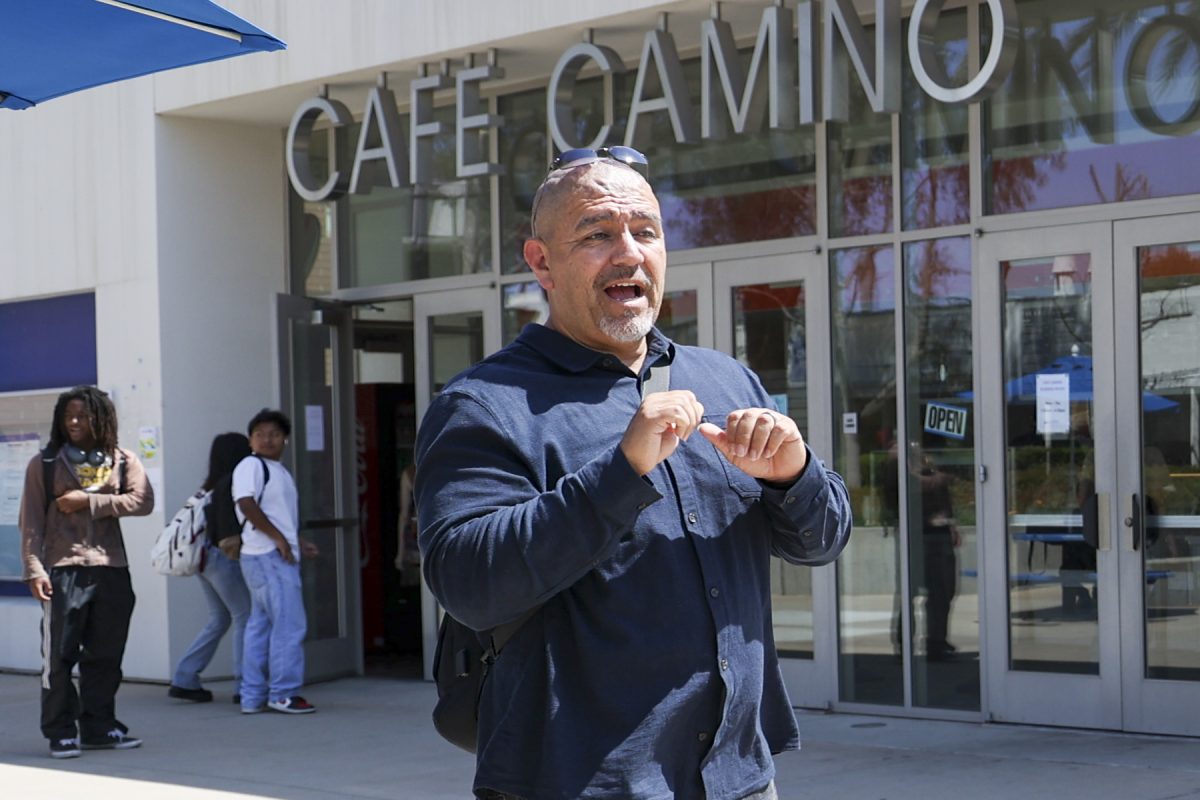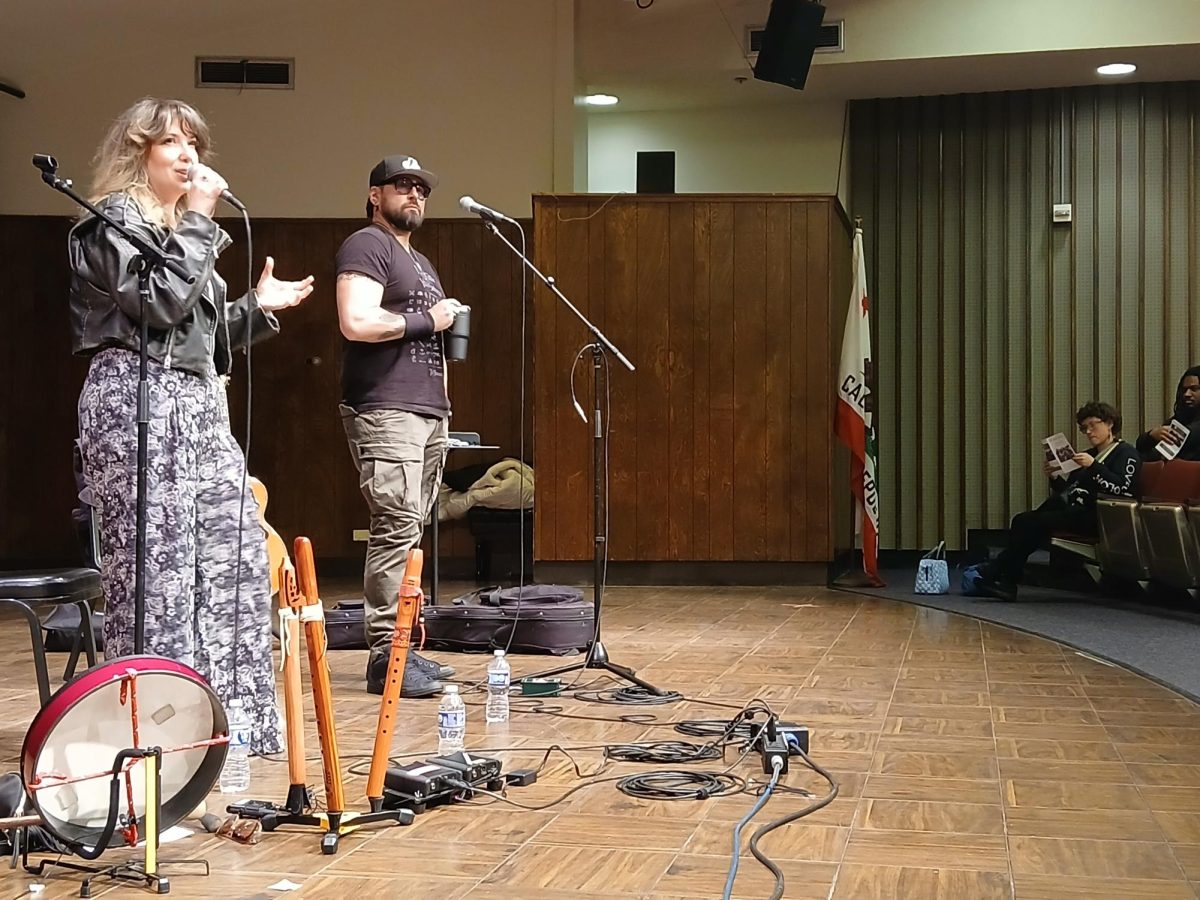Claiming more lives than COVID-19, car accidents and suicides, drug overdoses are the number one cause of death for Americans ages 18 to 45, highlighting the urgent need for comprehensive solutions to tackle the ongoing opioid crisis.
According to the Centers for Disease Control and Prevention, or CDC, there were over 100,000 overdose deaths in the U.S. in 2021 alone. This number has risen more than 15% since 2020.
Julie Poepoe, a nurse practitioner at the Student Health Center, was part of a virtual workshop that featured the risks of fentanyl use and reviewed overdose prevention and harm reduction practices.
“Fentanyl-related overdoses are the number one cause of death for people ages 18 to 45,” Poepoe said. “Experimental drug use and addiction puts young people as one of the most at-risk populations for overdoses.”
Fentanyl, a synthetic opioid classified as a Schedule II controlled substance, has some medically acceptable uses, but a high potential for abuse and/or addiction.
The drug is regulated by the Food and Drug Administration, which is classified as a painkiller for those with acute or chronic pain. It is safe to use in small doses.
The opioid, which is 50 to 100 times stronger than morphine, was originally developed to treat cancer pain and is administered via a pill or patch put on the skin.
It is a highly addictive, potent substance and can be lethal in doses of as little as two milligrams.
Its intended effects on the body include feelings of pain relief, relaxation, and drowsiness. However, extended usage or higher doses of fentanyl can lead to feelings of sedation, confusion, dizziness, nausea, vomiting, pupil constriction, slowed breathing and in some cases, death.
According to the Drug Enforcement Administration, the problem derives from the illegal manufacturing of fentanyl in countries such as China and India.
The drug is then smuggled across the U.S.-Mexico border and is often used to lace other illegal substances such as Heroin and Xanax.
Even if someone does not seek out fentanyl, they could still be potentially exposed to it when taking pills from others, buying fake pills on social media or e-commerce platforms, that are made to look like other substances but in reality, is fentanyl in disguise.
While the Student Health Center does not condone fentanyl, there are ways to reduce harm and safely use the substance:
Take it slow and use less, try snorting or smoking instead of injecting to reduce risks, spacing out doses, practice caution when using alone, test your supply to test if it contains fentanyl, carry Narcan and make sure to hydrate, eat and rest.
Narcan or Naloxone, which rapidly reverses an opioid overdose, can be administered to someone once 911 is called, if they display symptoms of overdosing.
Narcan is harmless to the body and has recently been approved by the Food and Drug Administration for over-the-counter sales.
To recognize if someone is potentially overdosing on fentanyl it is recommended to look for the “Overdose Triad” of symptoms:
- Pinpoint pupils
- Decreased level of consciousness
- Respiratory depression or difficulty being able to breathe.













